
Outdoor Living
We unite suppliers and green industry professionals worldwide
Yarrow (Achillea millefolium) is a hardy perennial herb that has historically been prized for its delicate fern-like foliage, flat-topped flower heads, and near-indestructible nature
By Victor Miller
|Published on June 05, 2025
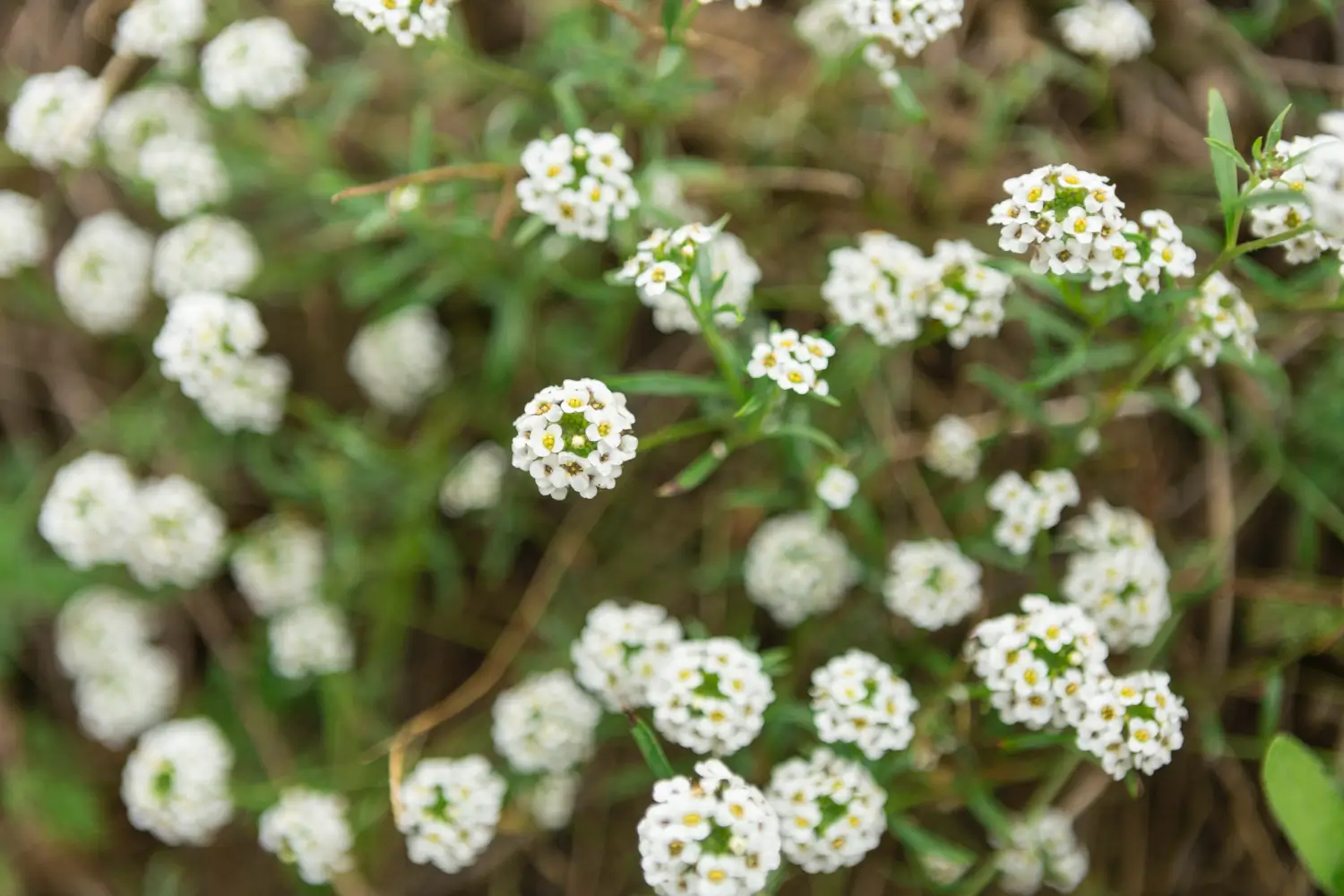

“Looking for a tough, beautiful bloomer that practically thrives on neglect?”
Yarrow (Achillea millefolium) is a hardy perennial herb that has historically been prized for its delicate fern-like foliage, flat-topped flower heads, and near-indestructible nature. Native to temperate regions around the world, Yarrow grows wild in meadows and along roadsides, but also looks right at home in cottage gardens, pollinator patches and xeriscapes.
Thanks to its vibrant blooms—ranging from creamy white to fiery red—this plant adds color while also attracting bees, butterflies, and other beneficial insects. Medicinal folklore surrounds Yarrow, but even without the herbal reputation, it wins hearts with how easily it grows in dry, poor soils where most plants fail.
| Botanical Name | Achillea millefolium |
| Common Name | Yarrow |
| Type | Herbaceous perennial |
| Height | 1–3 feet |
| Light needs | Full sun |
| Soil | Sandy or poor with good drainage |
| Water needs | Low once established |
| Hardiness Zones | 3–9 (USDA) |
| Time to Bloom | Late spring to summer |

September 06, 2025
10 minute read
September 05, 2025
9 minute read
September 05, 2025
19 minute read
September 05, 2025
19 minute read


Join as a seller and connect with thousands of B2B buyers nationwide!
Sign Up
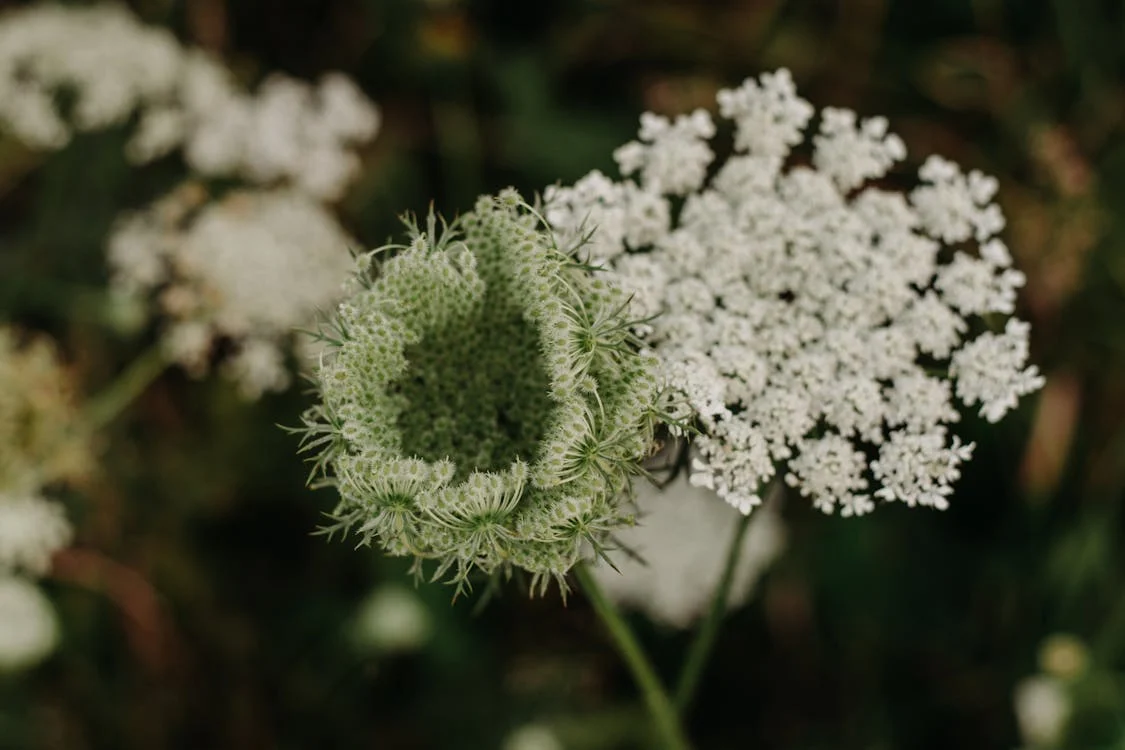
Queen Anne’s Lace
Queen Anne’s Lace has long inspired the imagination of both gardeners and herbalists alike with its umbrella-shaped clusters of white flowers and feathery, fern-like foliage.
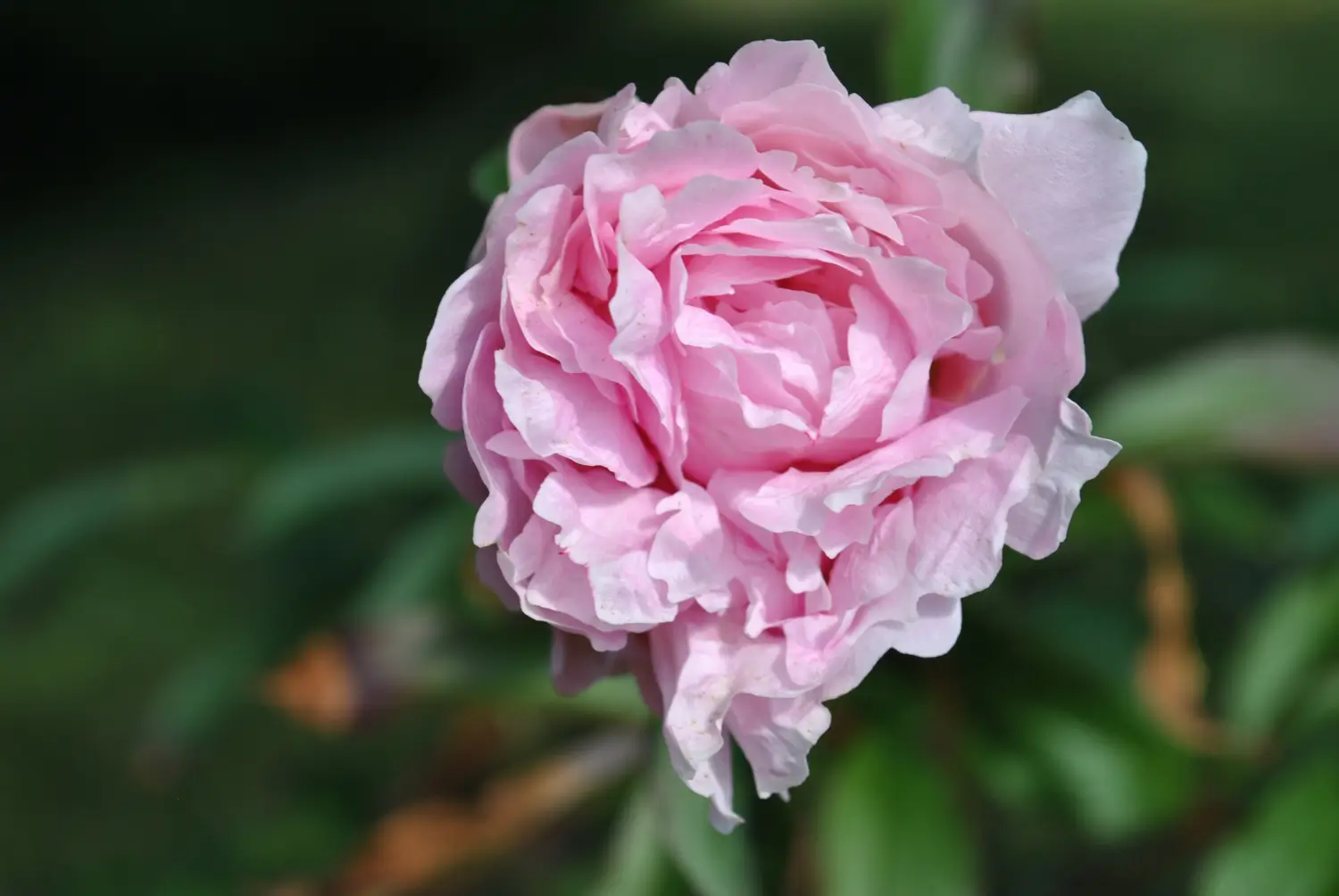
Queen Elizabeth Rose
The Queen Elizabeth Rose is elegant, commanding and dignified, it’s a garden staple that feels as if it belongs in a palace courtyard. Tall, upright, and crowned with clusters of soft pink blooms, this rose serves as a living tribute to one of history’s m
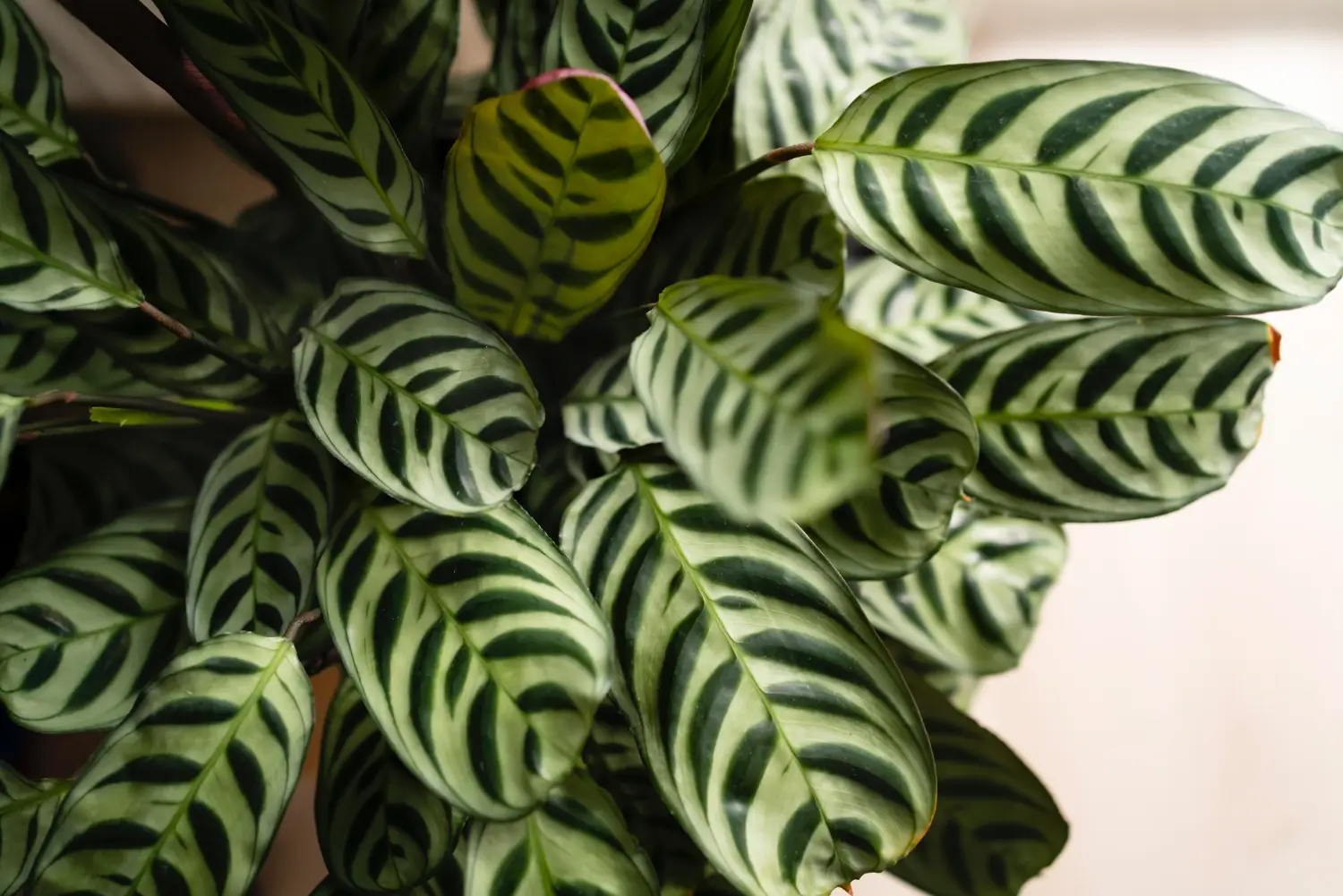
Calathea Fasciata
Meet Calathea Fasciata! This tropical beauty is part of the Marantaceae family, also known as the "prayer plant" family
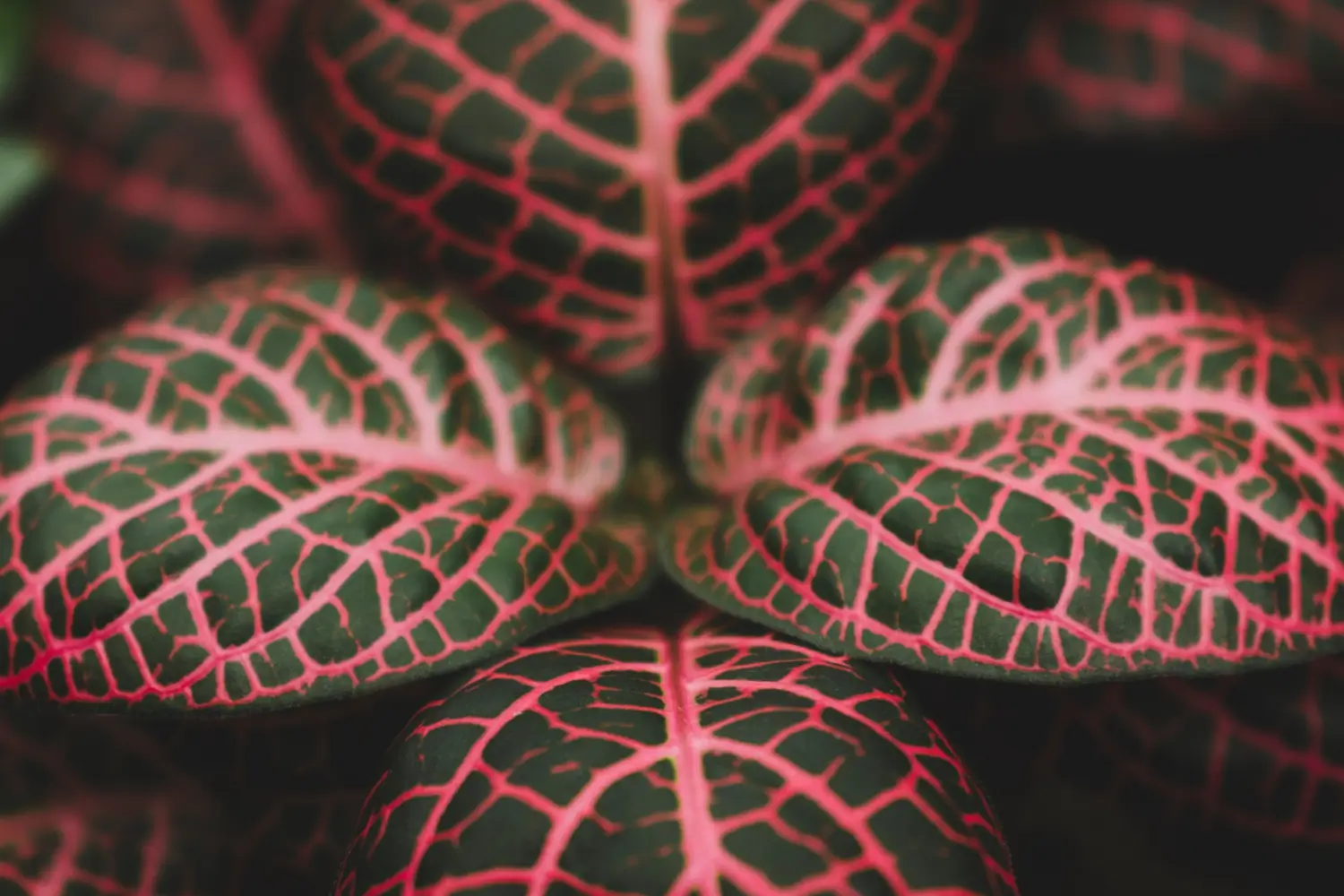
Caladium
Have you had that feeling to add a splash of color to your garden and get it all done in a jiffy? You must get Caladium, or “Angel Wings” for its enormous heart-shaped leaves
Yarrow is one of the easiest, most unfussy perennials you can grow. It loves sun, thrives in drought, does well in a range of soil conditions — even soils that other plants reject. You will give it a very little attention once it is well established.
Begin planting in early spring or autumn. Choose a site with good drainage and lots of sun. Don’t enrich the soil too much — Yarrow thrives in tough conditions and actually becomes floppy in overly fertile environments.
Space generously (12 to 24 inches) to promote air circulation, which is one of the best defenses against mildew. Deadhead spent flowers to extend the bloom time, and divide plants every few years to prevent overcrowding.
Yarrow prefers full sun and needs a minimum of 6 hours of direct sunlight a day. It will tolerate light shade, although this often leads to weak stems and few blooms. In other words: more sun is better. South- or west-facing beds are ideal.
This plant is extremely flexible about soil,as so long as it is well-drained. Sandy or rocky soils are ideal (even poorer soils are okay). Yarrow can get leggy and flop over if the soil is too rich or too moist. Aim for a neutral to slightly alkaline pH and avoid compacted clay.
Yarrow is incredibly drought tolerant once established and prefers a dry to average moisture level in the soil. For its first season, water often to encourage root development. After that, it usually requires little additional watering unless there is an extended dry period. It’s important to avoid overwatering, which can cause root rot or floppy stems.
Frequent pruning will keep Yarrow looking neat and can help prolong blooming:
In fall, cut stems down to just above ground level for a clean start in spring.
Yarrow can be either grown by seed or division:
Seed:
Division:
Division every 3-4 years prevents over-crowding and keeps plants blooming vigorously.
Yarrow can be grown in containers, but its spreading nature makes it better suited for large or wide pots:
Container plants are more manageable and work well for small spaces or patios.
Yarrow overwinters easily in the ground in USDA zones 3–9. Once frost arrives, allow the foliage to die back on its own and then cut it to the ground. No heavy mulching is necessary, though a light straw or leaf mulch can be beneficial in colder climates to protect the crown. For potted Yarrows, bring them in a sheltered location and water sparingly—just keep them slightly moist.
If you deadhead this plant, it will regularly bloom from late spring into early fall. Its signature flat-topped clusters of flowers come in various colors - white, yellow, pink, red, and coral—depending on the variety. The blooms are very attractive to butterflies and bees, also they are great as fresh and dried flowers. Cutting blooms will promote new growth and prolong the flowering time.
Yarrow is relatively problem-free but can occasionally run into trouble:
Yarrow is a type of plant that can make gardeners feel like experts — because all it wants to do is grow. Give it a little sunlight, poor soil, and minimal water, and it will give you months of bright and colorful blooms and near-zero fuss in return.
Whether you’re planting for bees and other pollinators, herbal remedies, or simply for a beautiful low care border, Yarrow proves more than worthy of space. It’s strong, it’s colorful, it’s reliable — it’s the perennial as the most valuable player your garden has been waiting for.
Yes - it's commonly used for wound healing, digestion, and inflammation (but of course: check with your doctor before trying anything).
Yarrow is mildly poisonous to cats and dogs if they eat it, which may result in vomiting and skin reactions.
Yes, it's a true perennial that returns annually and can even spread on its own if left unchecked.
It’s not ideal for being a houseplant because of its light and space requirements, but it can be overwintered in pots indoors in cooler climates.
Just keep it in full sun, avoid over-fertilizing, and trim it regularly to keep it compact and upright.

Outdoor Living
Victor Miller

Outdoor Living
Victor Miller

Greenhouse Growing
Gina Lazaarus
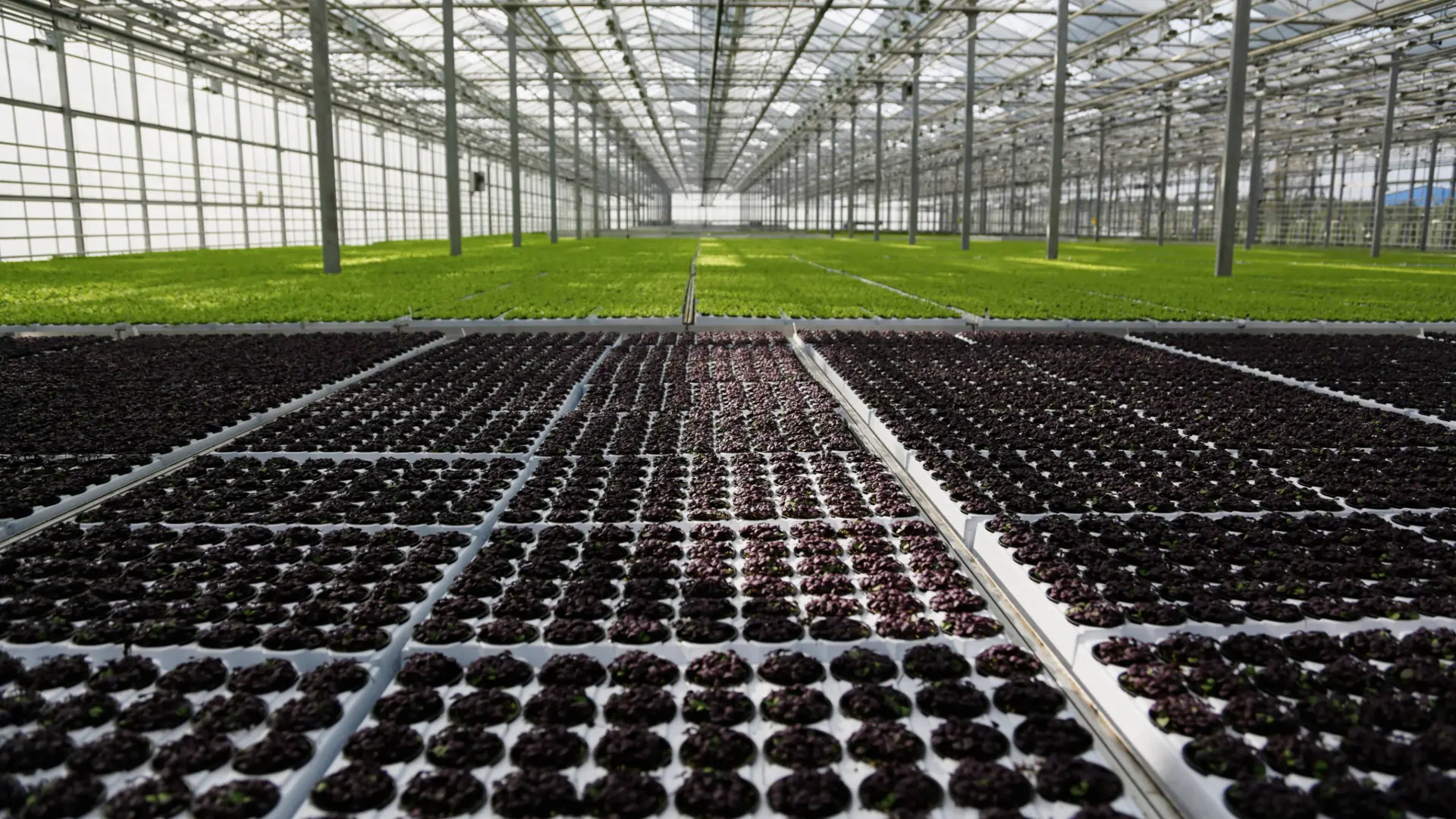
Agricultural Policy & Innovation
Gina Lazaarus

Software & Robotics
Gina Lazaarus
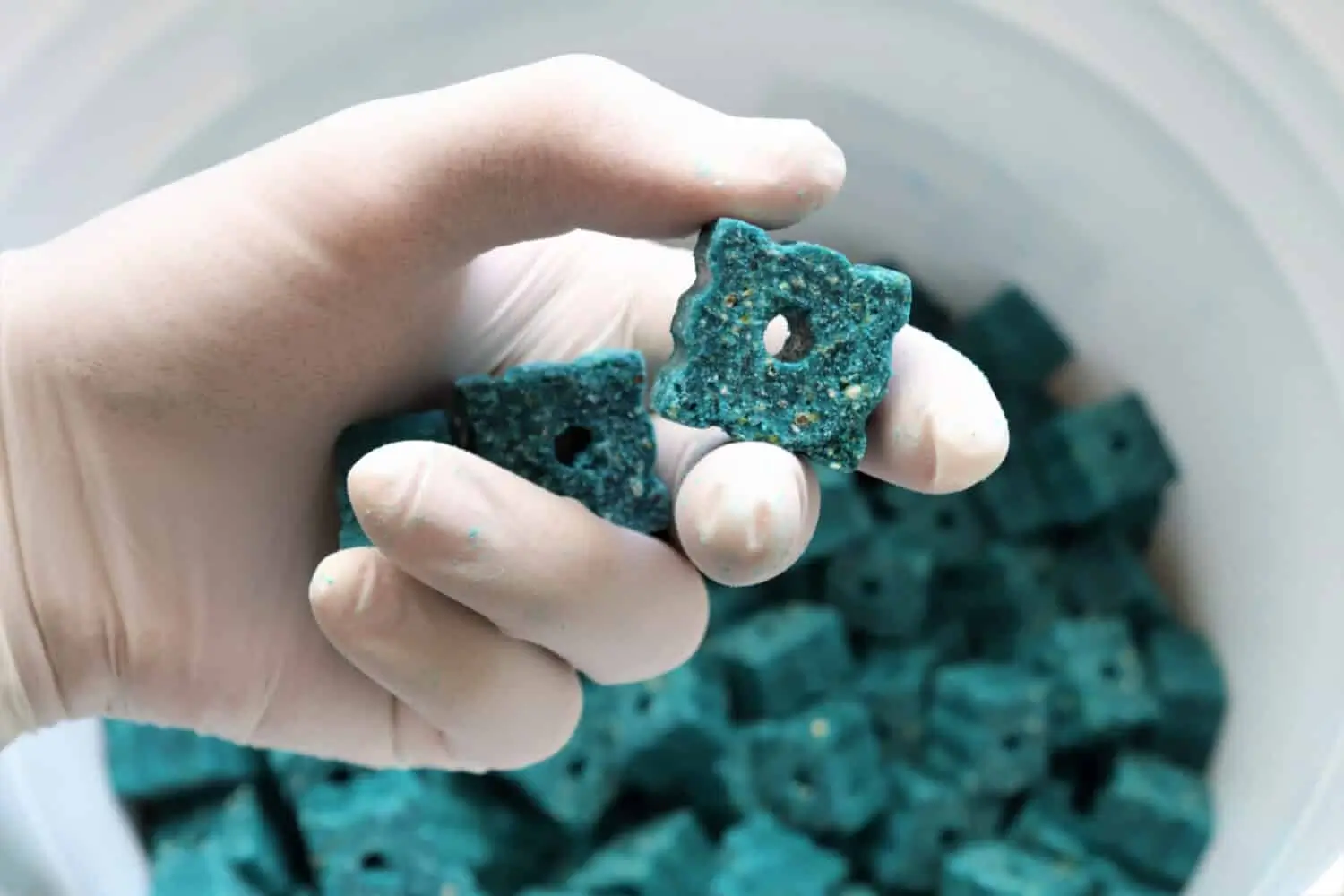
Organic & Natural Pest Solutions
Victor Miller
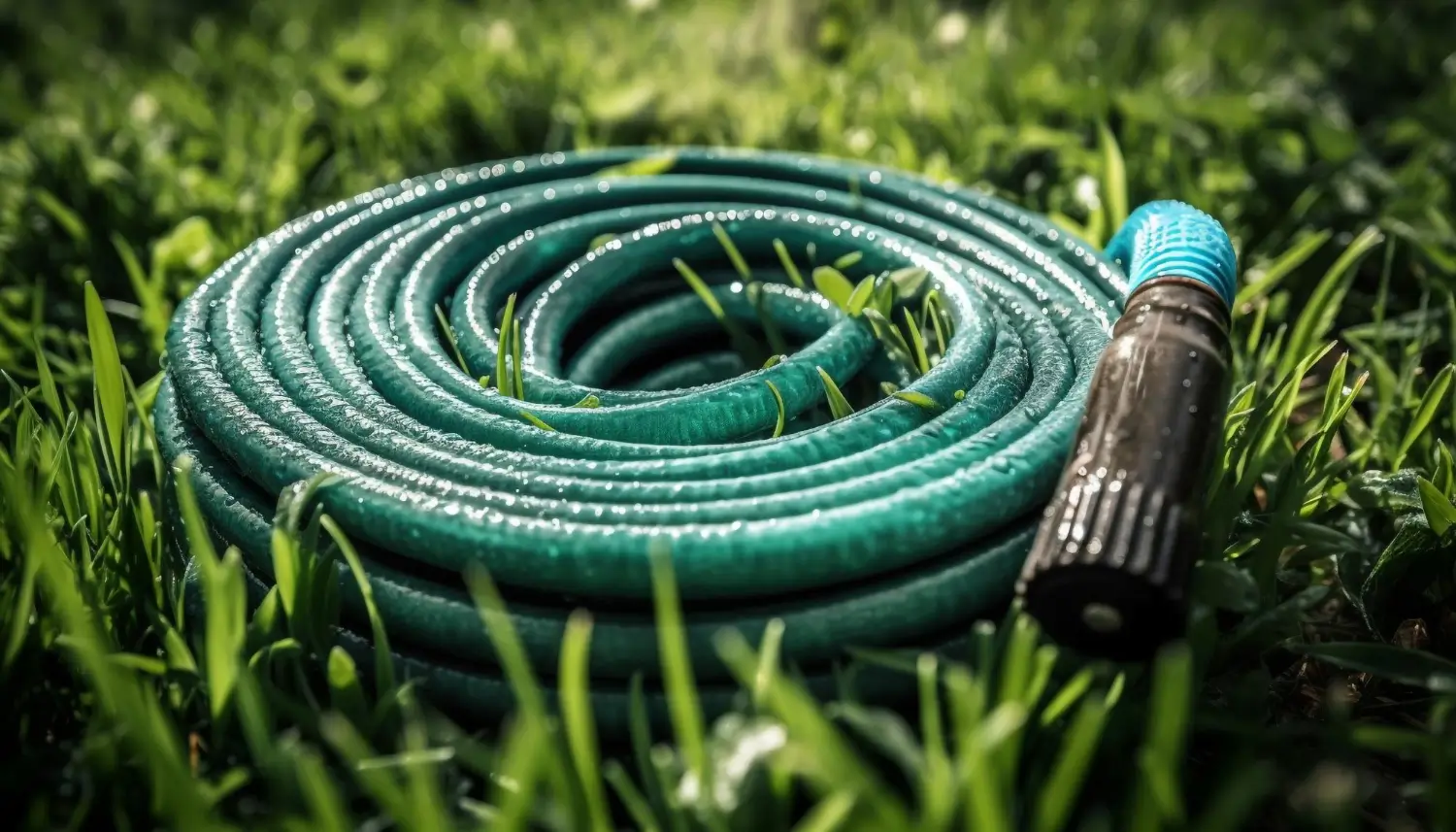
Irrigation System Design & Tips
Victor Miller
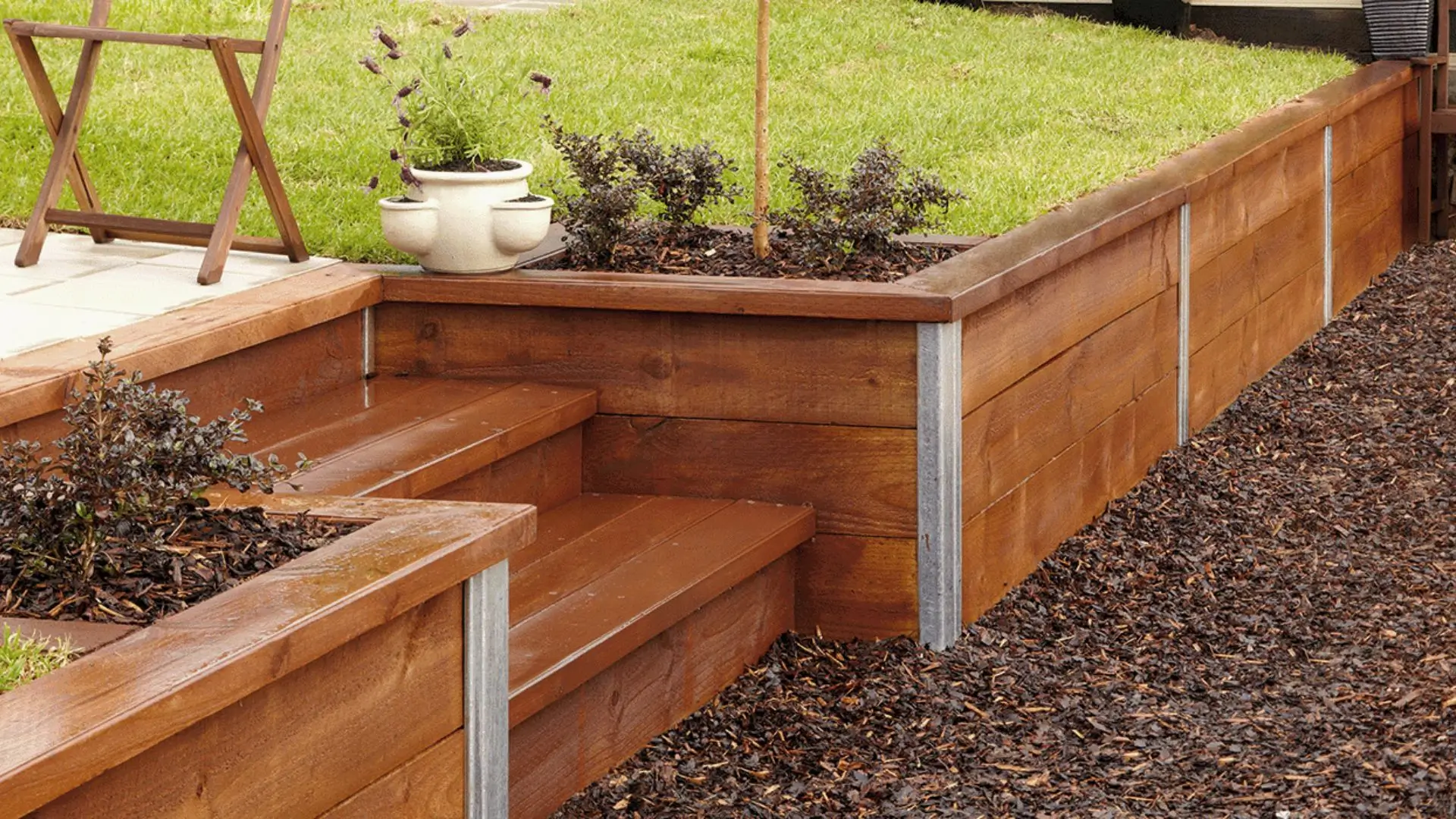
Construction Tips & Techniques
Victor Miller
My Account
Our team is always here to help.
We are open Monday - Friday, 9:00 AM to 4:30 PM PST.